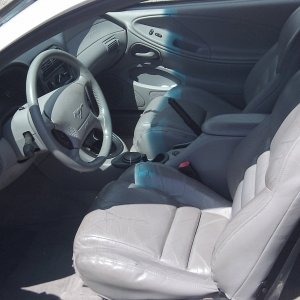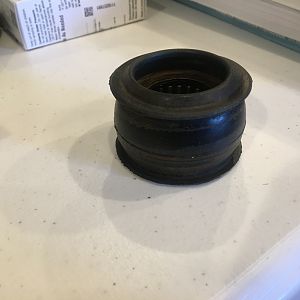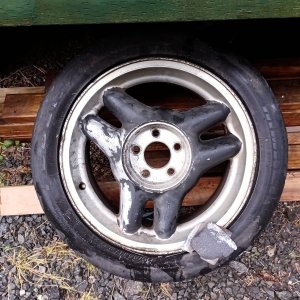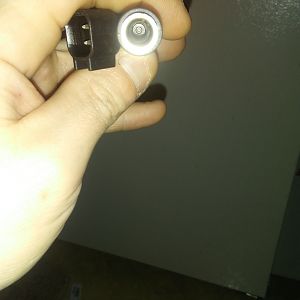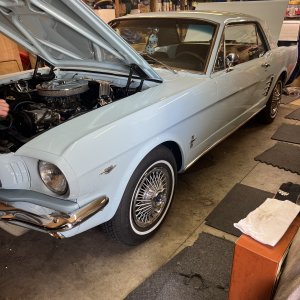Anyone knows the exact working logic of the air pump? I know its function, but how is it controlled?
I read in Haynes it should pump air to the cats during the first 20 - 120 seconds of the engine operation.
But then what happens? When is it getting bypassed to the atmosphere and when is it pumped to the heads? Why is it pumping to the heads at all? Wouldn't that be unmetered oxygen for the combustion? Is there any other conditions that could trigger to pump air to the cats even after the 120 seconds?
This is on mechanic air pump, 1994 5.0
The specifics of its operation (duty cycle and diversion to heads and to cats) will be in the ECU stock tune, I have not studied that so I unfortunately cannot speak about that part.
When it pumps into the heads it goes to the exhaust port so it has no effect at all on the combustion chamber. It delivers the air there because it can deliver oxygen to the upstream catalytic converters during warm up to reduce warm-up HC emissions and also because this is upstream of the oxygen sensors which provides a feedback mechanism for identifying a failure in the secondary air system. Otherwise the ECU would have no way to know a hose has broken or a vacuum operated diverter valve has failed.
The only job of the secondary air pump is to supply oxygen to the catalyst. The catalyst's job is to turn CO into CO2 and HC to H2O + CO2 .. all of those things mean it needs extra oxygen atoms from somewhere. This has nothing to do with the engine running, just cleaner air.
Under normal operation after warm-up the diverter will send air to the downstream catalytic converters in pulses. The catalyst oxidizes rapidly ("rusts", or stores oxygen on its surface, however you prefer to think of it) and then depletes as available compatible molecules are pushed over it and the speed at which this happens will have been worked out by the engineers when they developed this system, and that will dictate how often the air is diverted into the catalytic converters.
Modern engines do the same thing but they do it by sneaking oxygen through the engine with cam timing and individual cylinder shutdown, and much better controlled combustion that doesn't produce as many CO and HC molecules in the first place.

